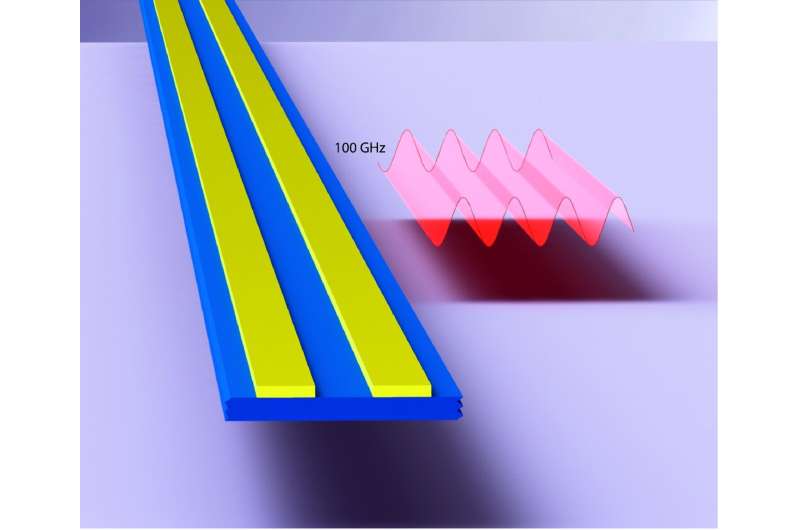The researchers at Yale University have created electromechanical resonators above 100GHz using commercially available patterned lithium niobate thin films.

To speed up communications further and pave the way for the next generation of wireless networks (6G), engineers ideally should operate new resonators at sub-terahertz frequencies. Improving communication systems’ speed and efficiency drives the demand for high-performance components, including electromechanical resonators that generate powerful waves at specific frequencies and selectively broadcast communication signals.
A team of researchers led by Prof. Hong Tang at Yale University introduced new electromechanical resonators that could operate at frequencies above 100GHz. The research emphasizes increasing the operating frequencies of electromechanical resonators to surpass 100 GHz. Modern communication systems depend on advancements in resonator technologies for faster communication speeds. Implementing 5G communication technologies worldwide has created a growing demand for higher-frequency resonators to support emerging technological advancements.
The microelectromechanical resonators consist of a millimeter-wave dual rail resonator placed on a suspended lithium niobate beam. The team suspended the beam by chemically etching away the silicon dioxide beneath it, which reduced acoustic wave loss to the surrounding space. The researchers explained that they use a millimeter-wave dual rail resonator to stimulate and measure sub-terahertz mechanical resonances effectively. This resonator aids electromechanical transduction by providing improved on-chip impedance matching to mechanical modes. They drew an analogy to a violin, whose body functions as a broadband resonator that projects sound, similar to how a dual-rail resonator broadcasts sub-terahertz resonances for detection.
Using commercially available lithium niobate thin films patterned with semiconductor fabrication technologies, the team have created the first electromechanical resonators above 100 GHz. This breakthrough can advance future communication systems, as the FCC has issued licenses for experimental frequencies between 95 GHz and 3 THz. Sub-THz resonators have higher resonant frequencies than GHz resonators, making them more resilient to thermal fluctuations and enabling them to reach the quantum ground state at accessible Kelvin temperatures. This is advantageous from a quantum science and technology perspective, as it eliminates the need for million-dollar dilution refrigerators.
The team’s recent work could guide the development of sub-THz electromechanical resonators. They also plan to improve their devices and create other high-performance components for future communication systems. “The team will aim to develop higher-frequency electromechanical resonators and create applications using their existing technologies,” Tang said.
Reference : Jiacheng Xie et al, Sub-terahertz electromechanics, Nature Electronics (2023). DOI: 10.1038/s41928-023-00942-y.





